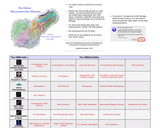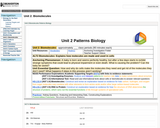
This resource is a video abstract of a research paper created by Research Square on behalf of its authors. It provides a synopsis that's easy to understand, and can be used to introduce the topics it covers to students, researchers, and the general public. The video's transcript is also provided in full, with a portion provided below for preview:
"Exosomes are tiny membrane-bound vesicles that could be cutting-edge tools for cancer diagnosis and treatment. Exosomes are released by nearly every cell type to transport biomolecule cargo between cells and can be found in most body fluids. Among exosome cargos, microRNAs have draw significant attention for their role in the development of various diseases. MicroRNAs are small non-coding RNA molecules that can regulate the expression of protein-encoding genes. Exosomal microRNAs have shown promise as diagnostic biomarkers and as therapeutic targets or even therapeutics themselves. Studies have suggested that the microRNAs in cancer cell exosomes resemble the microRNA pool from their parent cancer cell. Exosomal microRNAs may be of particular use for the detection and treatment of hematologic neoplasms, which include cancers like lymphoma and multiple myeloma. However, there are several barriers than need to be addressed before exosomal microRNAs can be used in clinical settings..."
The rest of the transcript, along with a link to the research itself, is available on the resource itself.
- Subject:
- Biology
- Life Science
- Material Type:
- Diagram/Illustration
- Reading
- Provider:
- Research Square
- Provider Set:
- Video Bytes
- Date Added:
- 05/08/2023



